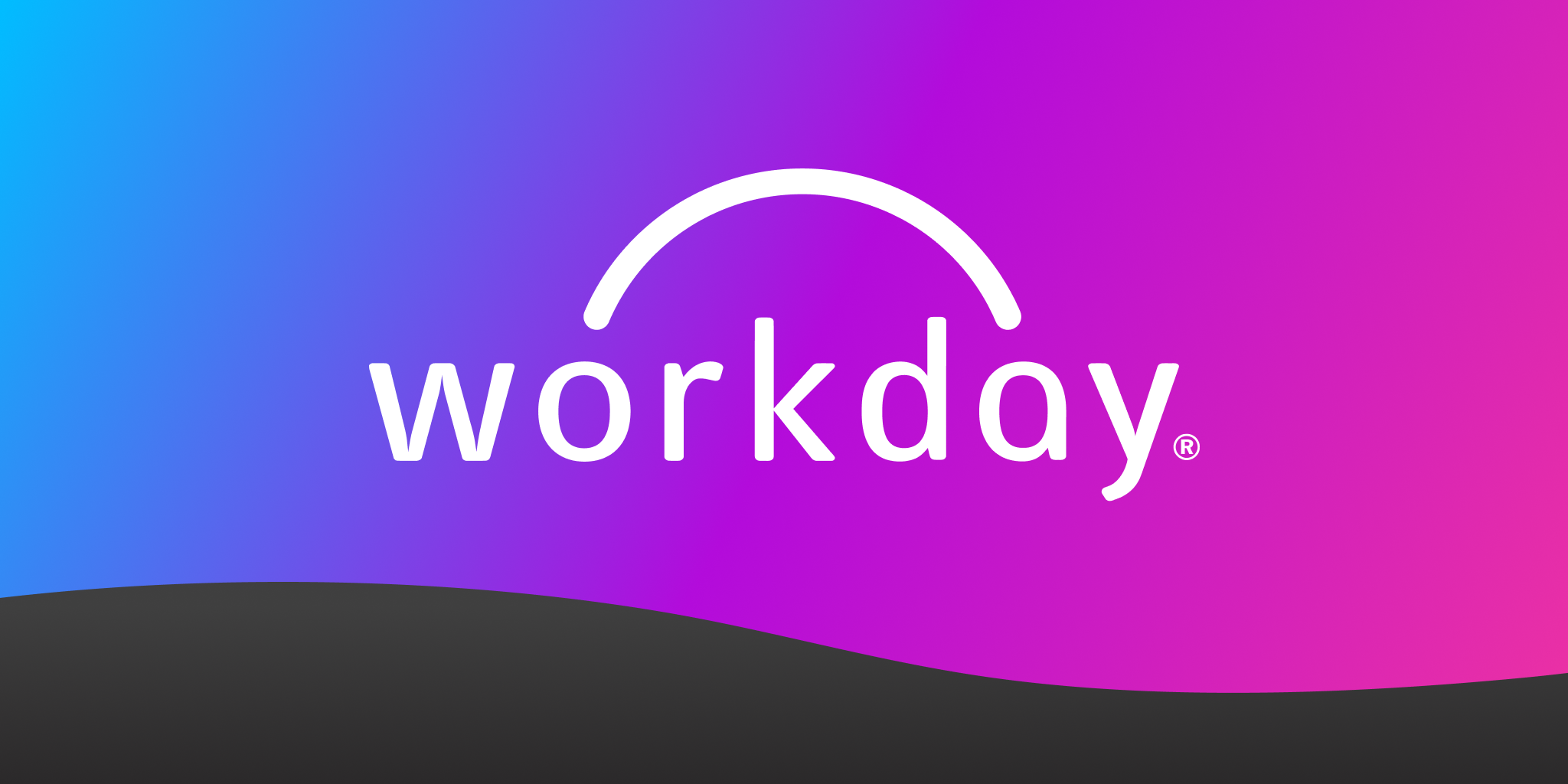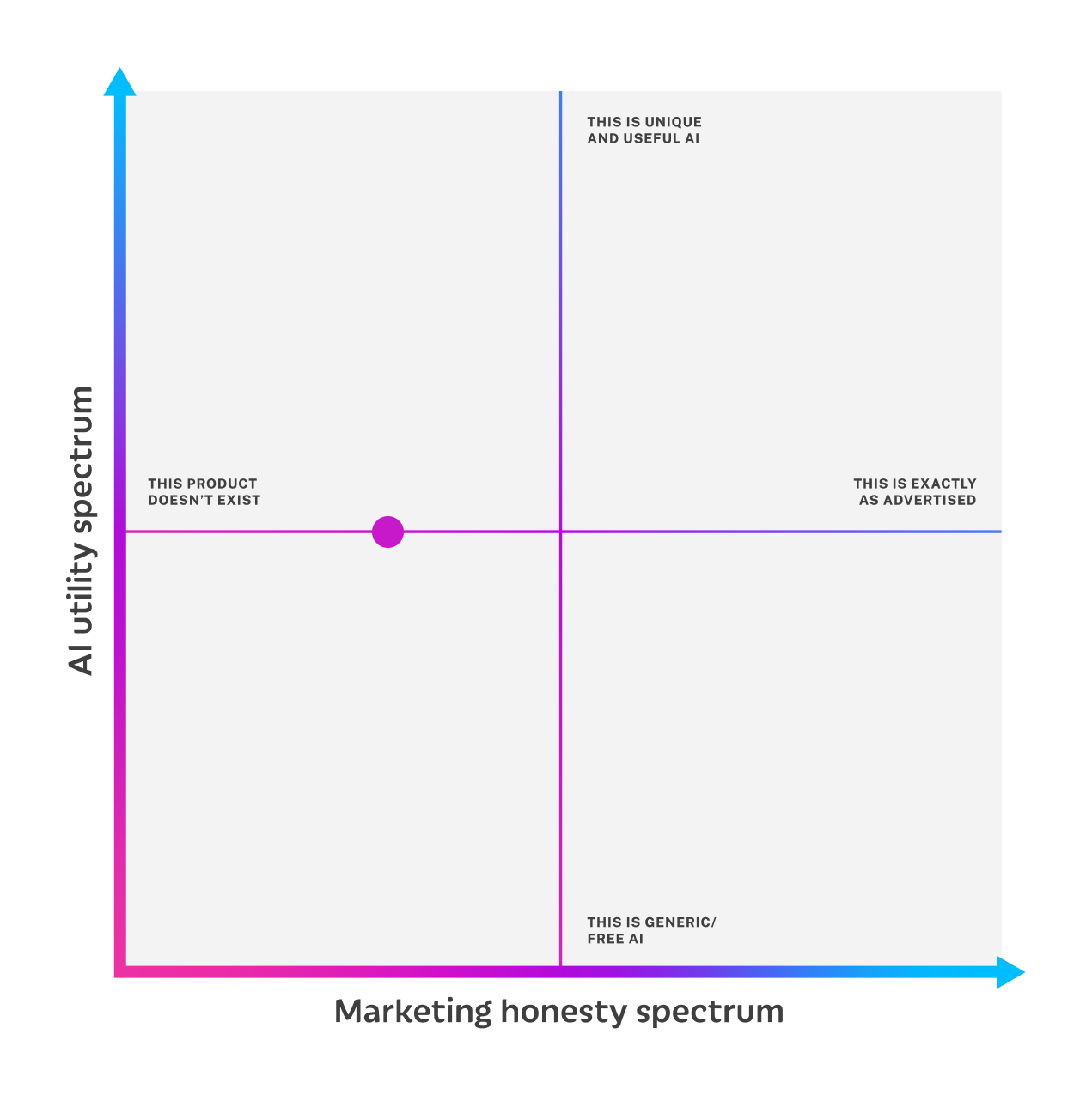Understanding Workday’s AI for HR
Learn what Workday is saying in its AI marketing and how it compares to its AI products on the market. This post is part of Textio's "AI washing" series.
Cassie Sanchez
Lifecycle Marketing Strategist
August 1, 2024

This post is part of Textio’s “AI washing” series, a review of popular HR AI products and their marketing. This is a collaborative series from Textio Marketing, Engineering, and Product teams. Some vendors are not AI washing. Subscribe to the series for updates.
Today’s review: Workday.
What they’re saying
The messaging on Workday’s website indicates it has had machine learning and natural language processing (NLP)—both old school but beneficial forms of AI—in its products for some time. Workday is not new to AI technology in HR, particularly with regard to “smart” features like skills matching.


Workday also notes throughout its site that its products have AI “built in at the core”—that AI is “never bolted on.”
In an August 2023 blog post on generative AI specifically, Workday CTO Jim Stratton adds that Workday is “leading the enterprise generative AI revolution” and has “been using large language models (LLMs), like those which power generative AI, for years.” Stratton says Workday has “already been able to deliver tangible benefits for [its] customers leveraging these technologies.”
In September 2023, the Workday team announced “multiple new generative AI capabilities” at the annual Workday Rising conference. For HR teams, these new capabilities are planned to include generative functionality for job descriptions, employee growth plans, and internal knowledge management articles. Workday emphasized the value of “the world's largest, cleanest set of financial and HR data” powering its models and said the new features were “expected to begin rolling out to customers within the next 6 to 12 months.”
Stratton’s blog post gives more detail on how Workday is approaching generative AI. Stratton highlights the vast dataset Workday is able to create from customer data and actions within Workday software (with permission), and how combining that data both with its “own domain-specific LLMs” as well as “foundational models” (likely, OpenAI or similar) allows Workday to create “blended or ensemble models “ that are “accurate, meaningful, trustworthy … performant, [and] cost-effective…”
Stratton also notes Workday’s focus on privacy and ethics in AI development, pointing to Workday’s Responsible AI Governance program, its vision of an “augmented” (not displaced) workforce, and its role in “shaping AI-focused policy discussions” via engaging in policy dialogues at various levels of US governance and building partnerships with global governments.
In the September 2023 press release, Workday also said the team is “exploring at the intersection of conversational UI and generative AI” to upgrade the user experience of its platform, noting, “[y]ou can expect Workday to deliver capabilities in the future that will unlock endless possibilities for reimagining how to interact with our products.” Also in September, Workday announced it had created a “marketplace” for other AI solutions that integrate with Workday or use its language models. The products are promised to be pre-vetted by Workday to ensure compliance with its responsible AI principles.

In July 2024, Workday announced a partnership with Salesforce to build a “personalized, AI-powered assistant for employee service use cases.” These use cases include things like “onboarding, health benefits, and career development” and will incorporate data from a joint foundation of Salesforce and Workday data within an org.
Subscribe to the AI Washing series
What they have
Workday indeed has AI in its products, with its longstanding machine learning features.
Workday also has lots of educational content on its site about the possibilities of AI in HR, many of which have been possible for years. The content was created nine months ago.
The way Workday describes its process for building generative AI—high-quality domain-specific data, a blend of propriety and public models, a commitment to ethics—indicates the tools should perform much better than generic LLM tools like ChatGPT. However, integrating new AI functionality into “legacy” software like Workday is a known challenge. People want seamless AI that speeds up or even eliminates a workflow; they do not want new AI “help” layered on top of old workflows that ends up complicating the process.
Workday’s ability to upgrade its software with new AI features while avoiding the bolted-on feeling as it claims will be a big determinant of how “meaningful” the features truly are. Workday appears to be thinking about this, with its mention of plans to upgrade the platform with new conversational UI and generative AI.
In terms of bias, Workday is not claiming to mitigate bias in generative output beyond assuring it’s using domain-specific, “clean” data. Given the current court case around bias and discrimination resulting from Workday AI in candidate screening, this appears to be a weak spot for Workday. The team is instead referring customers to seek out tools like Textio—Textio was demoed on the floor at Workday Rising last year for this purpose.
On the new employee services feature, Workday seems to be planning to create a chatbot that can answer questions based on the combination of HR and Finance data from Workday, and Sales data from Salesforce. Some of these features will be accessible directly in Slack. This could be beneficial for areas in which HR and Finance already overlap, like workforce planning. An employee chatbot in itself could be useful, and integrating Workday and Salesforce data could be useful for sales teams. However, there is no release date on these features.
As of this writing, it is also unclear if Workday’s announced generative AI capabilities from last September are now available for customers as indicated. There is not much detail on them on the Workday website, and the language in the press releases—”being designed,” “will enable”—indicates the products were not yet built as they were announced to the public.
What makes Workday’s AI marketing problematic is that the company announced exciting new generative features before they were ready, and mixes mentions of existing ML functionality with descriptions of not-yet-launched products and AI-related happenings in a way that makes it difficult to understand what’s real and what’s marketing.
Workday will likely announce and potentially launch new features next month at this year’s Workday Rising. It will be interesting to see if its plans and progress close the AI washing gap or make it bigger.
How they rank
We put Workday’s AI for HR at 30% on the Marketing Honesty spectrum and 50% on the AI Utility spectrum. Workday has machine learning and NLP, and a solid planned framework for building generative AI (with a notable miss in bias mitigation). However, its practice of publishing extensive educational content and press releases on AI amid the generative AI boom—with no new live product to back it up—is deceptive. It gives the impression of “leading the enterprise generative AI revolution,” which is not the current reality of Workday’s AI.

Next up in the series: SAP.